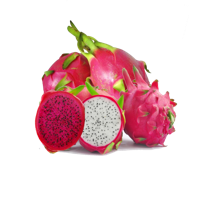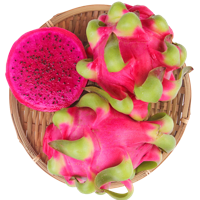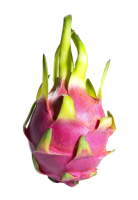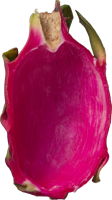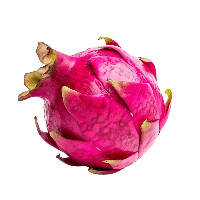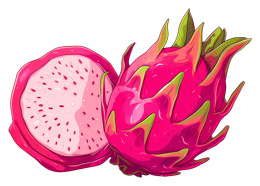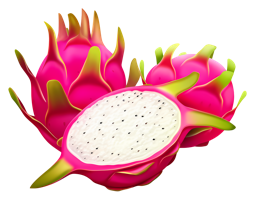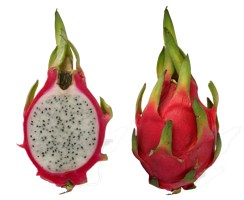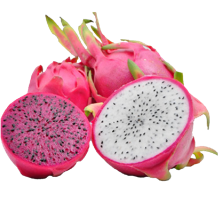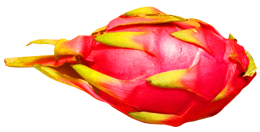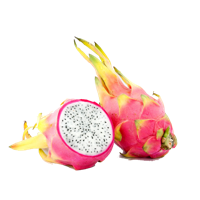In this pitaya page you can download free pitaya PNG images: pitaya PNG images free download
In this gallery of pitaya, we have 43 free PNG images with transparent background.
The pitaya, also known as pitahaya or dragon fruit, is a fruit that originates from various cactus species found in southern Mexico, along the Pacific coasts of Guatemala, Costa Rica, and El Salvador. It is now cultivated across the globe, including in East Asia, South Asia, Southeast Asia, the United States, the Caribbean, Australia, and Brazil, thriving in tropical and subtropical regions.
The term "pitaya" typically refers to fruits from the Stenocereus genus, while "pitahaya" or "dragon fruit" refers to those from the Selenicereus (formerly Hylocereus) genus, both belonging to the Cactaceae family. Dragon fruit earned its name from its distinctive leather-like skin and scaly spikes. The flesh of pitaya fruits can range from sweet to sour and come in red, white, or yellow hues.
To grow pitaya, seeds are extracted from the pulp and dried for storage. They can be planted in compost or potting soil, with germination usually occurring within 11 to 14 days. However, overwatering should be avoided, as pitaya plants are susceptible to it. As they grow, they develop aerial roots and can climb nearby structures. Mature plants, typically weighing around 4.5 kilograms (10 pounds), may produce flowers after a few years.
Commercial plantings are often densely arranged, with up to 1,350 plants per hectare. It takes about 60 months for pitaya plants to reach full commercial production, yielding between 20 to 30 metric tons of fruit. Pitaya flowers bloom overnight, relying on nocturnal pollinators such as bats or moths. Cross-pollination with genetically distinct plants of the same species is crucial for fruit set and quality, making home cultivation challenging.
Pitaya plants can withstand temperatures up to 40°C (104°F) and brief periods of frost but cannot survive prolonged exposure to freezing temperatures. While they thrive in USDA zones 10–11, they may survive in zone 9a or 9b. Selenicereus, in particular, has adapted to dry tropical climates with moderate rainfall, although it has become invasive in some regions where it has escaped cultivation.
